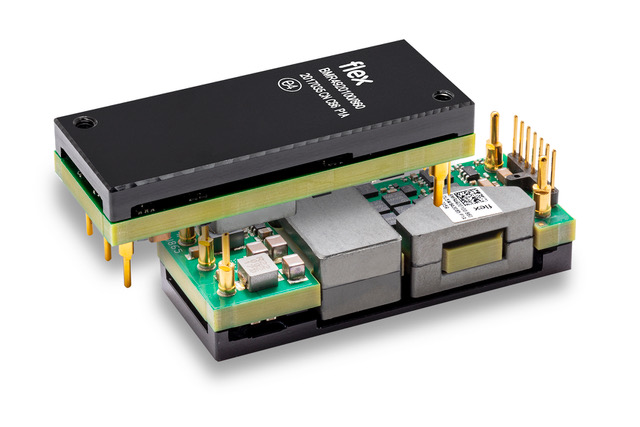 Flex Power Modules announces the launch of the BMR492 – a series of digital eighth-brick intermediate bus converters capable of delivering between 600 to 800W of continuous power along with a peak power of up to 1100 W for short periods <1s. This so-called ‘burst mode’ operation is commonly required for CPUs (such as Intel’s Ice Lake processor for example) for datacom and data center applications.
Flex Power Modules announces the launch of the BMR492 – a series of digital eighth-brick intermediate bus converters capable of delivering between 600 to 800W of continuous power along with a peak power of up to 1100 W for short periods <1s. This so-called ‘burst mode’ operation is commonly required for CPUs (such as Intel’s Ice Lake processor for example) for datacom and data center applications.
The new BMR4920302/861 converter, the first of three variants of the BMR492 family to be introduced, delivers a 12V output. Rated to a maximum 600W output over an input voltage range of between 40-60V, the DC/DC step-down solution is ideal for nominal 48 or 54 V input voltage systems commonly found in data center server applications. The through-hole mounted device is fully regulated and includes an input to isolation voltage of 1500Vdc.
This BMR492 variant delivers an extremely efficient operation evidenced by a peak efficiency of 96.7% at 48 Vin at half load. The output voltage is pre-programmed at 12 V as standard, but this can be adjusted across a wide range of 8 to 13.2 V via the incorporated PMBus interface. This feature is also useful to optimize system-level efficiencies through dynamic bus voltage adjustment according to the supplied load.
Supplied in an industry-standard eighth-brick format with 58.4 x 22.7 x 12.7 mm (2.3 x 0.90 x 0.34 in) dimensions, the baseplate converters have a standard DOSA pinout including the 7-pin digital header for the PMBus interface.
Sophisticated over-voltage, over-temperature, and short-circuit protection mechanisms help to provide a prolonged operational lifespan with a mean time between failures (MTBF) of 6.64 million hours. Additionally, as with all Flex Power Modules’ DC/DC converters, these units comply with IEC/EN/UL 62368-1 safety standards. The devices offer an operational temperature range of -40°C to +125°C.
The solution is fully supported by Flex Power Designer, the industry’s leading design software tool freely available to download from the flexpowerdesigner.com website.
The BMR492-0302/861 variant is available in OEM quantities from April 2021. Final specifications may be subject to further modification. Future variants are expected to be introduced later this year. Customers can obtain further information by contacting pm.su…@flex.com.

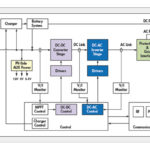
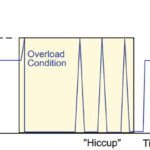
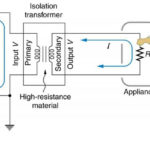
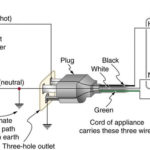
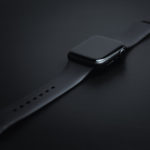
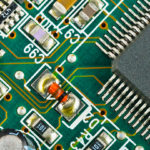
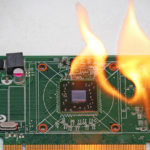


Leave a Reply